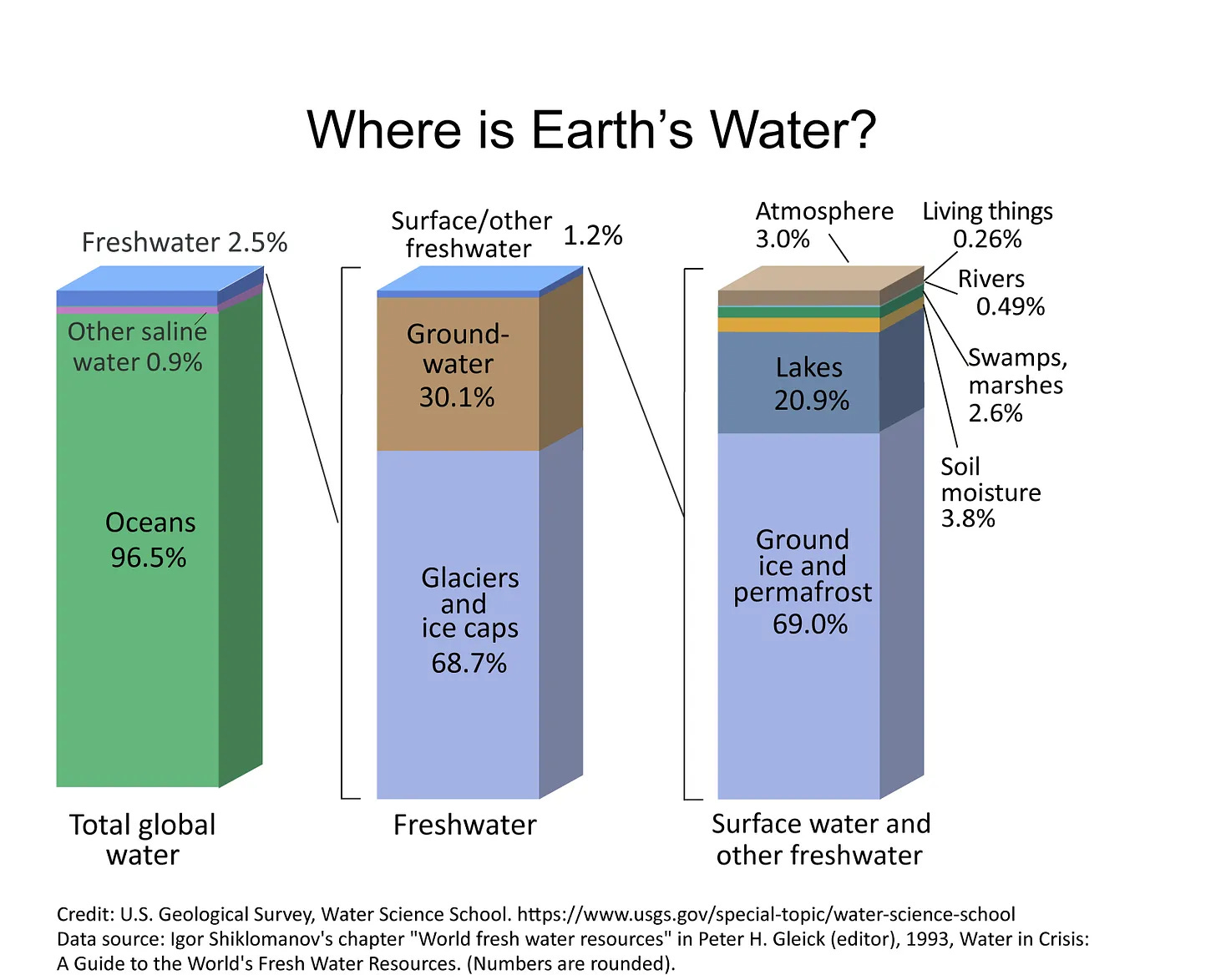For millennia, human civilizations have built dams to safeguard communities, harness water for irrigation, and provide a steady supply of drinking water. The Jawa Dam, located in modern-day Jordan, stands as one of the earliest known dams in human history. Built during the ancient times of the Nabataean Kingdom, the Jawa Dam was a remarkable feat of engineering, designed to harness seasonal rainfall and provide a reliable water supply for agricultural and domestic use in the region. Its construction exemplifies the ingenuity of ancient civilizations in managing water resources to mitigate the impacts of floods and droughts. The legacy of the Jawa Dam underscores the enduring importance of such infrastructure in safeguarding communities against natural uncertainties, a lesson that resonates through the millennia as societies continue to grapple with water management challenges worldwide.

When we consider how little fresh water is actually accessible on Earth, only about 0.007% of all water is available as liquid freshwater, it becomes clear why ancient and modern societies alike have relied on dams.
From the earliest Mesopotamian civilizations to today, dams have symbolized resilience and foresight, protecting against both droughts and floods. Yet, in the modern environmental movement, dam removal has gained almost fanatical support. But as we’ve seen in Spain, this shift comes at a cost, with recent floods in Valencia and Barcelona offering a stark warning about what happens when we disregard the protective infrastructure of the past.
This recent trend toward dam removal stems from an ideological shift that prioritizes ecological restoration at nearly any human cost. Spain has become one of the most enthusiastic proponents of this movement, taking down barriers with the hope of restoring river ecosystems. The irony is that Spain is now experiencing the consequences of this zeal firsthand. Valencia, Barcelona, and other regions are repeatedly hit by “Depresión Aislada en Niveles Altos” (DANAs)—isolated high-level depressions that bring unpredictable torrential rains. The infrastructure that once helped moderate these effects is being dismantled, and the floods we’ve seen recently are not some anomaly but rather a foreseeable outcome. As I’ve argued before, when we blame these events on climate change instead of examining our infrastructure decisions, we’re ignoring the real, human-made factors that could have been controlled.
The United States has not been immune to this obsession with dam removal, with projects like the ongoing removals along the Klamath River in Oregon and California.
Keep reading with a 7-day free trial
Subscribe to Irrational Fear to keep reading this post and get 7 days of free access to the full post archives.





